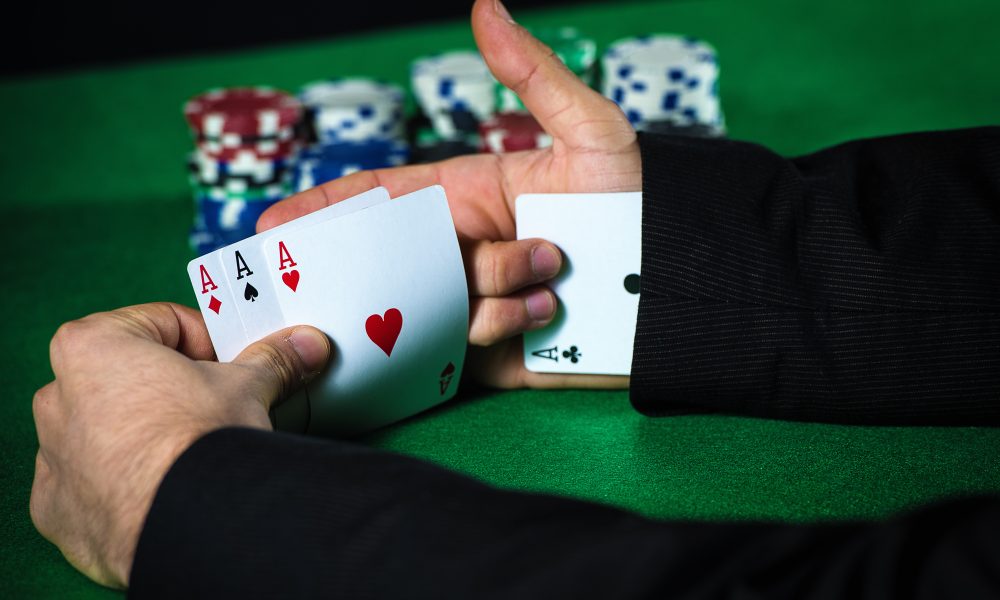Card counting has long been associated with blackjack, but many players wonder if these techniques can transfer to other casino table games. Regarding บาคาร่า, the elegant card game favoured by high rollers and casual players alike, the question of whether card counting works becomes particularly intriguing. Unlike blackjack, where skilled counters have historically gained edges, the structure and rules of baccarat present different mathematical challenges that affect counting viability. The allure of potentially gaining an advantage through mental tracking has captivated gamblers for generations. This article explores whether card counting in baccarat is a practical strategy worth pursuing or a theoretical possibility with little real-world application. We’ll examine the mechanics, potential advantages, and realistic expectations when tracking cards at the baccarat table.
Counting basics
Card counting in baccarat operates by tracking the effects of card removal. As cards are dealt from a shoe, the composition of remaining cards changes, theoretically altering the probabilities of banker or player hands winning subsequent rounds. Unlike other counting systems, baccarat counting focuses primarily on tracking specific value cards rather than broad categories. Most baccarat counting systems assign values to different cards, with particular attention to those that most impact hand outcomes. Cards favouring the banker receive negative values, while those that benefit the player hand receive positive ones. The counter maintains a running tally throughout the shoe, looking for opportunities when the count reaches thresholds, indicating a potential advantage.
Math hurdles
The mathematical foundation of baccarat presents several hurdles for would-be card counters:
- The house edge in baccarat (approximately 1.06% on banker bets) is already relatively small compared to many casino games
- Card removal effects in baccarat are much smaller than in blackjack, often providing only fractions of a per cent advantage even in ideal counting scenarios
- The standard 8-deck shoe dilutes the impact of individual card removal
- The drawing rules for both player and banker hands are fixed, eliminating strategy adjustments based on count information
- Even perfect counting provides only occasional betting advantages, not consistent edges throughout play
- The complexity of calculating actual advantages requires memorising extensive effect tables that few players can master
Rare opportunities
Unlike popular misconceptions, card counting in baccarat isn’t entirely impossible. Under specific conditions, counters might gain slight advantages. The most promising scenario occurs near the end of a shoe when a sufficient number of cards have been dealt. At this point, the composition of the remaining cards may become unbalanced enough to create exploitable situations. Professional gambling teams have occasionally implemented advanced counting systems focusing on specific baccarat side bets rather than primary game wagers. These specialised approaches target particular card combinations that offer temporary advantages when certain cards become depleted from the shoe.
Effort vs. reward
The time investment required to master baccarat counting systems rarely justifies the potential returns for most players. The countless hours needed to develop and perfect such skills could be directed toward more productive gambling strategies or games. For mathematical enthusiasts and professional gambling teams, baccarat counting remains an interesting theoretical exercise with occasional practical applications. For the average player, however, the potential advantages rarely outweigh the substantial effort required to implement counting successfully.






